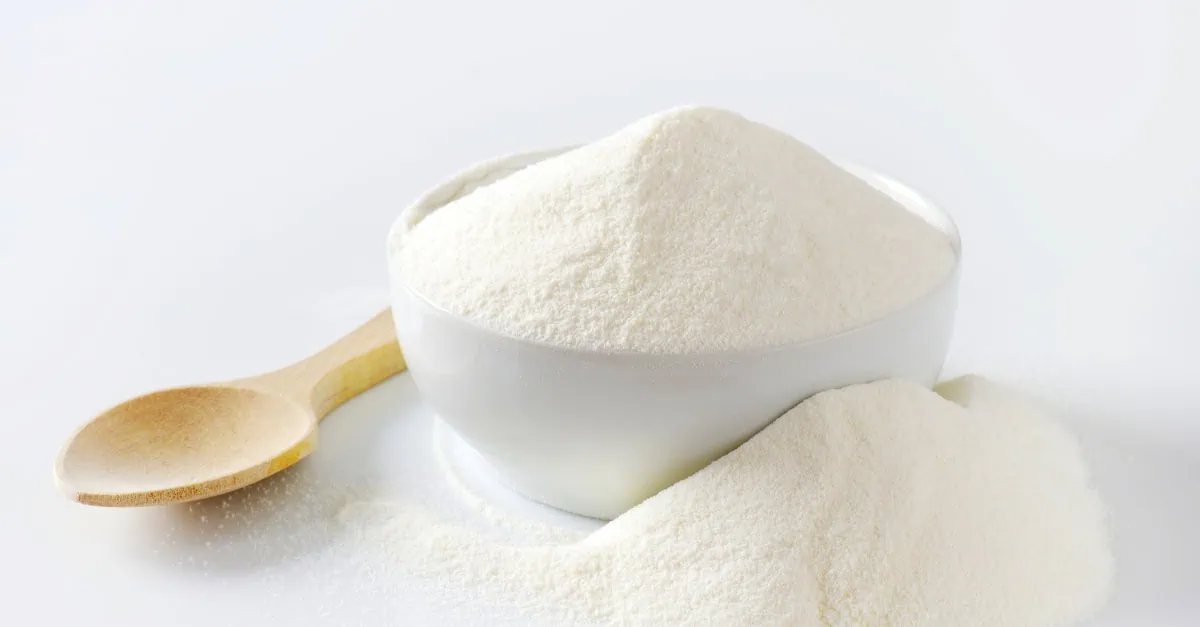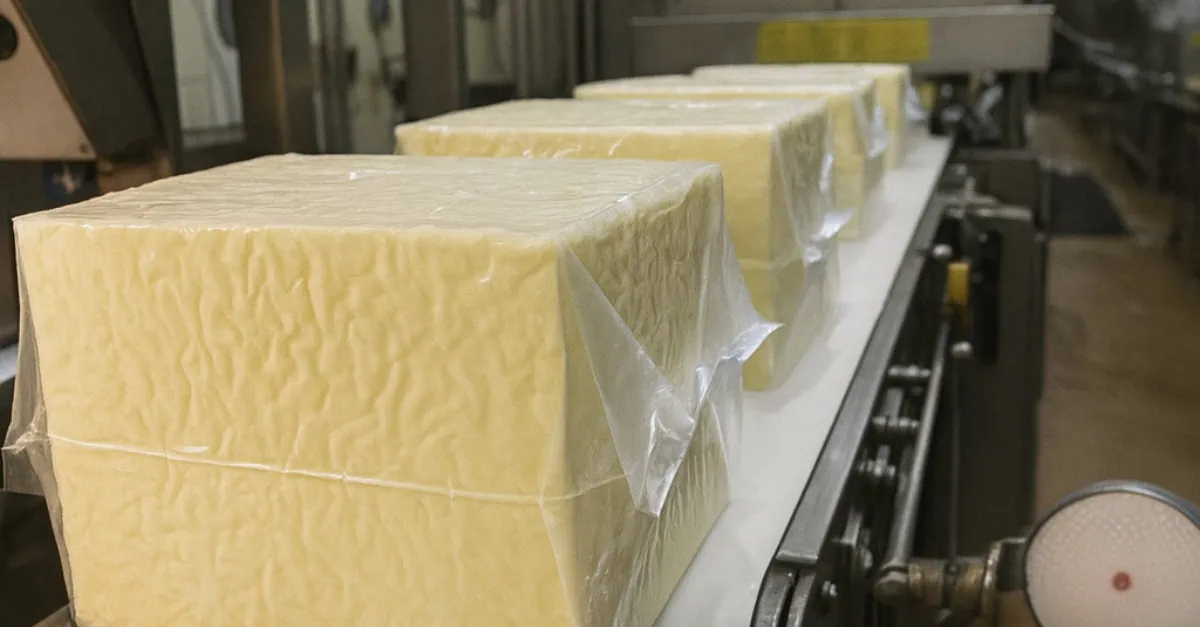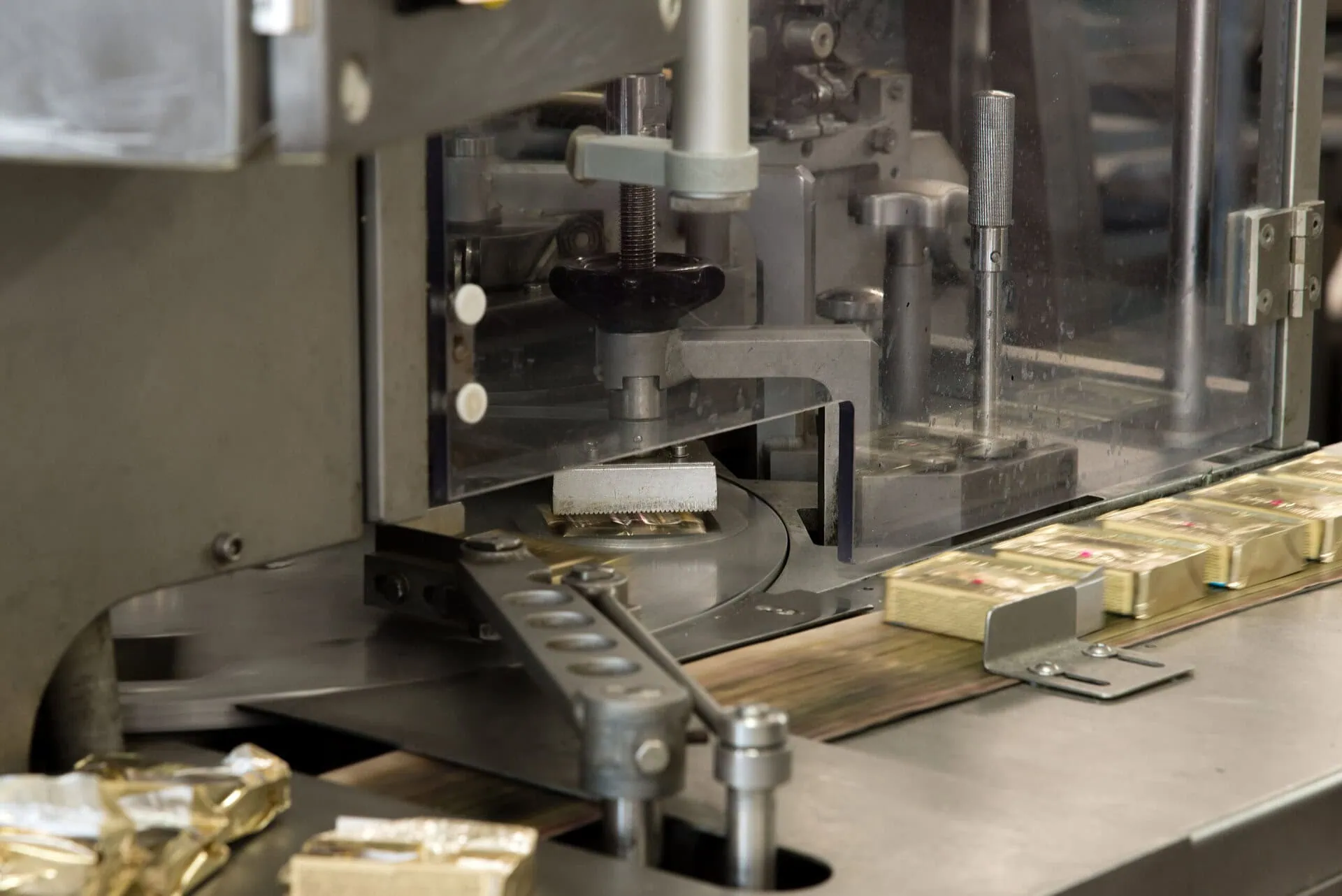The global dairy industry is navigating a period of significant price pressure as heavy stock levels collide with subdued buyer interest across butter, skim milk powder (SMP), and whole milk powder (WMP) markets.
A fundamental mismatch has emerged between buyers and sellers for Q4 2025 volumes. Procurement managers have largely covered their immediate needs and are now focusing on Q1 2026 purchases, leaving producers with excess inventory and limited options beyond price reductions.
Butter markets struggle with stock pressure
European butter prices stand at €5,310/mt, but the market fundamentals tell a concerning story for producers. Production costs have fallen to €5,250/mt in continental Europe and as low as €4,700/mt in the United Kingdom, leaving minimal margins for manufacturers.
Spot markets in Europe, New Zealand, and the United States are feeling the heaviest pressure, with 2025 production volumes substantially exceeding last year’s output. Cream prices have decreased compared to earlier in the year, further enabling lower-cost butter production.
The recent Global Dairy Trade (GDT) auction confirmed the downward trend, with New Zealand butter prices declining as peak season volumes entered the market during the 2025/26 milk season.
SMP surplus weighs on global markets
The global skim milk powder market faces a fundamental surplus despite varying regional export performance. Combined figures show the EU with a 54,000 mt export surplus, while the US recorded a 56,000 mt export deficit and New Zealand a 21,000 mt deficit.
European SMP continues trading between €2,100 and €2,150/mt in spot markets. This week’s GDT event saw medium heat SMP trade at €2,129/mt for Contract 2, confirming the price range.
Production economics remain favorable for continued output. Skimmed milk concentrate trades around €1,400/mt in European markets, pushing SMP production costs down to approximately €1,800/mt. Strong milk output and cheap raw material prices will maintain high global SMP supply.
An interesting development emerged at this week’s GDT auction, where Chinese buyers purchased over half of the SMP volume on offer—a notable increase in activity compared to previous events. However, overall global demand remains subdued.
The EUR/USD exchange rate continues playing a significant role in global SMP trade competitiveness, with European exporters facing potential disadvantages if the Euro maintains its current strength against the dollar.
WMP faces steepest pressure in Europe
Whole milk powder markets are weakening globally, with European WMP experiencing the most significant price decreases among major producing regions. Current European WMP prices sit at €3,600/mt, but calculations based on butter and SMP component values suggest fair value around €3,300/mt.
New Zealand WMP declined 2.3% at this week’s GDT event, with Regular CP2 falling 2.1% to $3,680/mt. Peak New Zealand volumes entered the market due to rapidly ramping milk supply and the exceptional start to the 2025/26 season, supported by good pasture conditions and high milk prices.
Chinese demand for WMP remains slow, though Chinese buyers accounted for over half the volume at this event, the strongest engagement since late 2024. However, this increased activity has not been sufficient to offset the supply pressure.
For a comprehensive market outlook on the butter, smp, and wmp market, read the full market analysis: https://app.vespertool.com/market-analysis/2341





